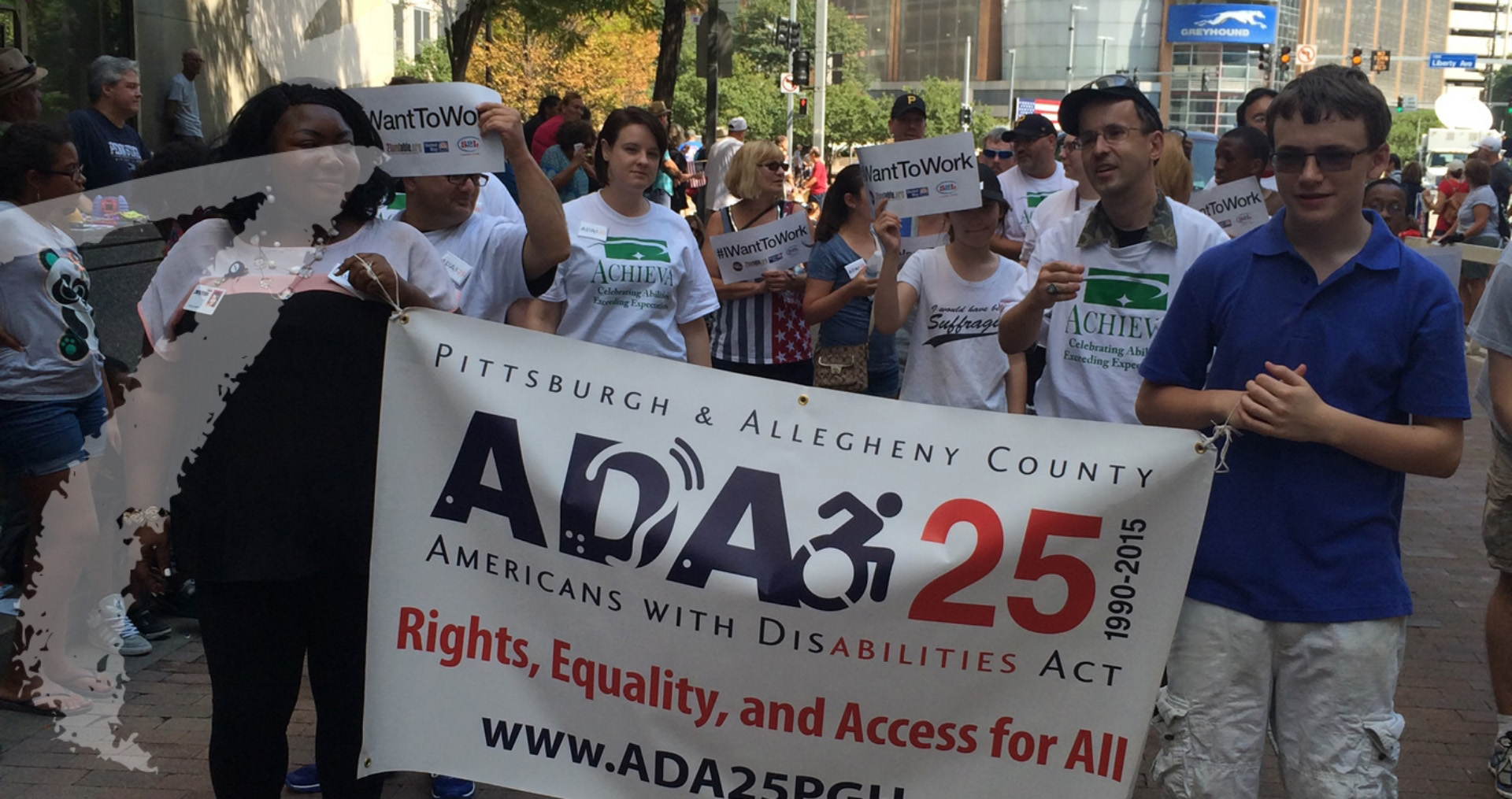People with disabilities experience violent victimization at alarming rates—making them one of the most harmed groups in our country. These crimes, however, are not widely reported or addressed, and survivors are often unable to access appropriate supports and services. In an effort to address this hidden epidemic, FISA Foundation has been working to bridge the silos between disability serving providers and victim service organizations and to begin a community conversation on the issue.
On Thursday, July 28, 2016, FISA Foundation sponsored a workshop with Nancy Smith, Director of the Center for Safety and Victimization at the Vera Institute for Justice. As one of the leading experts in the field, Ms. Smith shared some of the most recent national data (2012) available on the staggering numbers of violent crimes against people with disabilities. Consider these statistics:
- There are 1.3 million violent crimes against people with disabilities per year.1
- People with disabilities are 3x more likely to experience violent crimes – rape/sexual assault, robbery, and assault – compared to people without disabilities.1
- Compared to other children, children with disabilities are 3x more likely to experience sexual abuse; and children with intellectual disabilities are 5x more likely to experience sexual abuse.2
- 27% of women with disabilities have experienced sexual violence in their lifetime and 49% of people with intellectual disabilities will experience sexually assault 10 or more times in their life.3, 4
The workshop was attended by a diverse group of disability-service providers, Deaf-service providers, self-advocates and victim-service providers. In addition to sharing these alarming trends, Ms. Smith also explained the “terrible storm” of factors that align allowing this abuse to occur, the barriers that people with disabilities experience when seeking services and supports, and the importance of building collaborations between victim service organizations and disability service providers.
The group also brainstormed the next steps our community can take to address and prevent these crimes. FISA Foundation will continue to seed these conversations, bring diverse groups together, and further collaborative efforts that address the issue.
1 Harrell, E. (2015). Crimes against persons with disabilities, 2009–2013 – statistical tables. U.S. Department of Justice, Office of Justice Programs, Bureau of Justice Statistics. NCJ 248676.
2 Sullivan, P.M., & Knuston, J.F. (2000). Maltreatment and disabilities: A population-based epidemiological study. Child Abuse & Neglect, 24, 1257-1273.
3 Mitra, M., Mouradian, V.E., & Diamond, M. (2011). Sexual violence victimization against men with disabilities. Journal of Preventive Medicine, 41, 494-497.
4 Sobsey, D., and Doe, T. (1991). Patterns of Sexual Abuse and Assault. Sexuality and Disability, 9, 243-259.

